Early fall is a fantastic time to mulch for winter protection, here are 7 plants to mulch in September
Mulching will help all plants overwinter safely, but especially any that are tender or newly planted
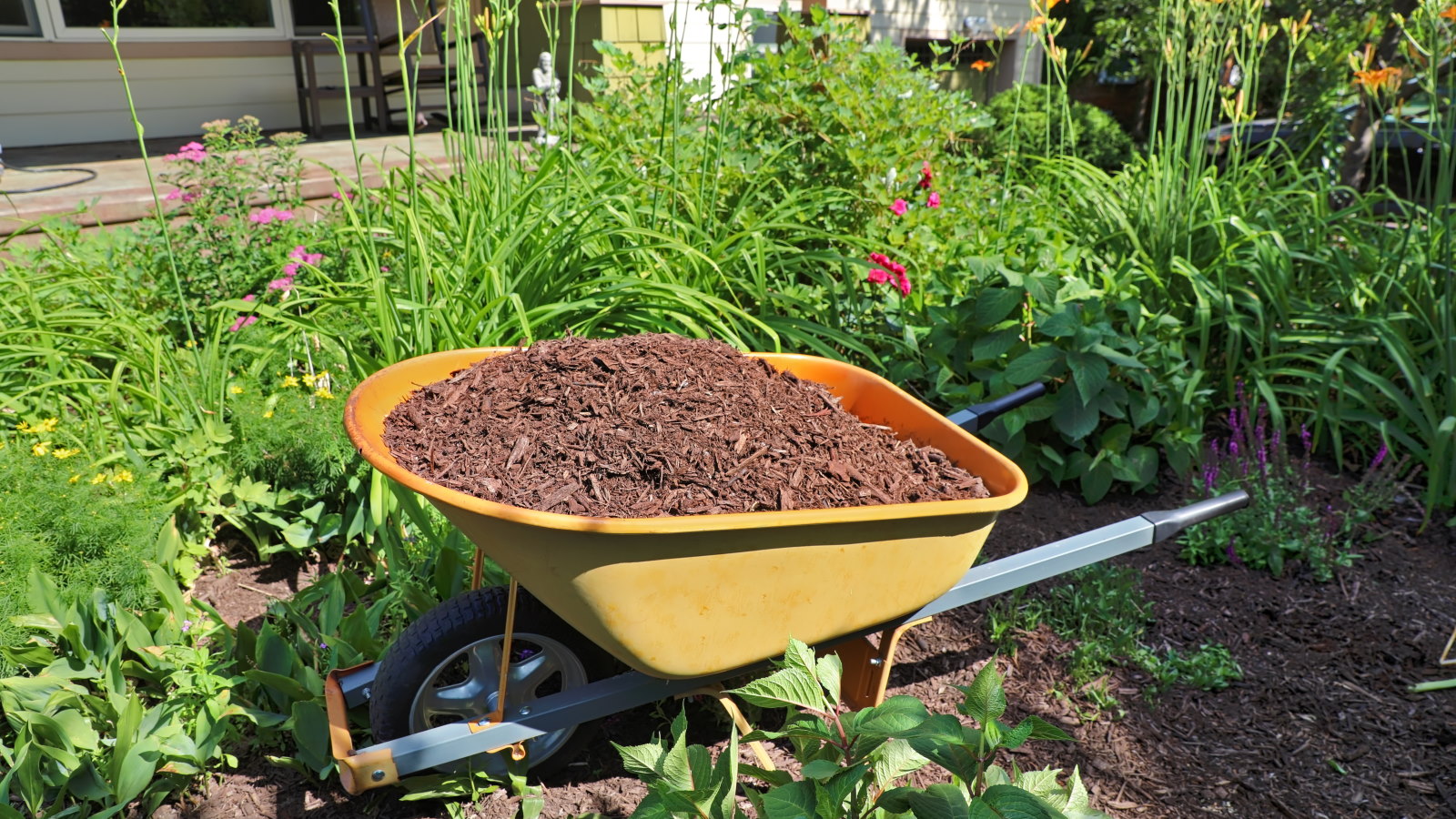

Mulching is an important part of any annual gardening calendar. Offering benefits throughout the year, from smothering weeds to providing nutrients, adding a layer of mulch in fall will trap moisture in the soil and protect roots from the incoming cold winter weather.
Fall is a great time to spread organic matter and protect plants in your backyard. Trees, shrubs, and perennials will all benefit from being mulched at this time of year. Half-hardy or newly planted trees or shrubs will particularly benefit from the protection from cold and frosts that come with mulching in fall.
To help give you a head start with planning your fall gardening checklist, we look at seven popular backyard favorites that will thank you for being mulched - along with some tips for the best mulches to use this month.
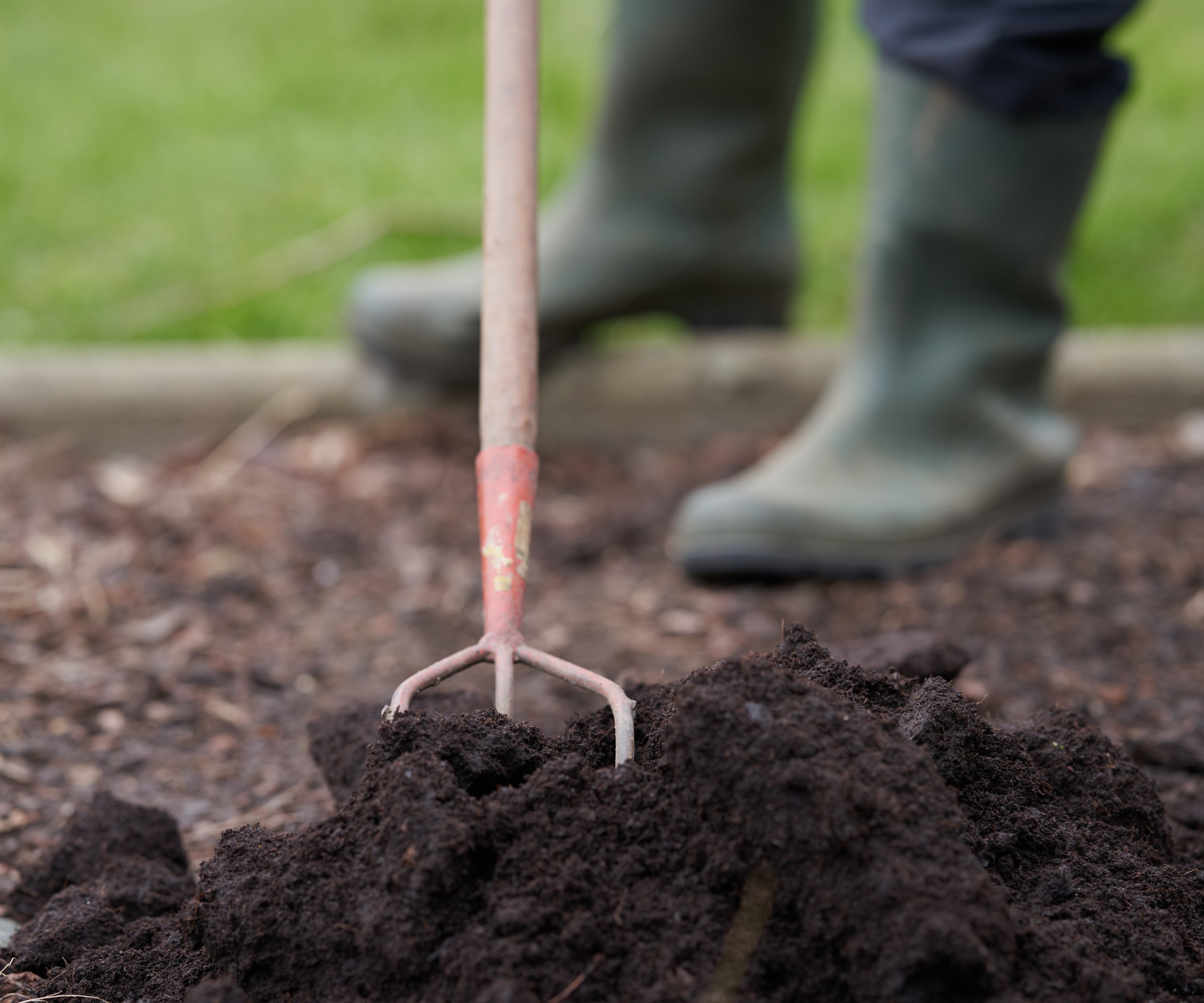
7 plants to mulch in September
Any time you mulch flower beds, vegetable gardens, or raised beds, it is recommended to use organic matter to improve the overall soil health as it breaks down. Keep the mulch away from the stems of plants and spread it around 2-3 inches thick.
1. Roses
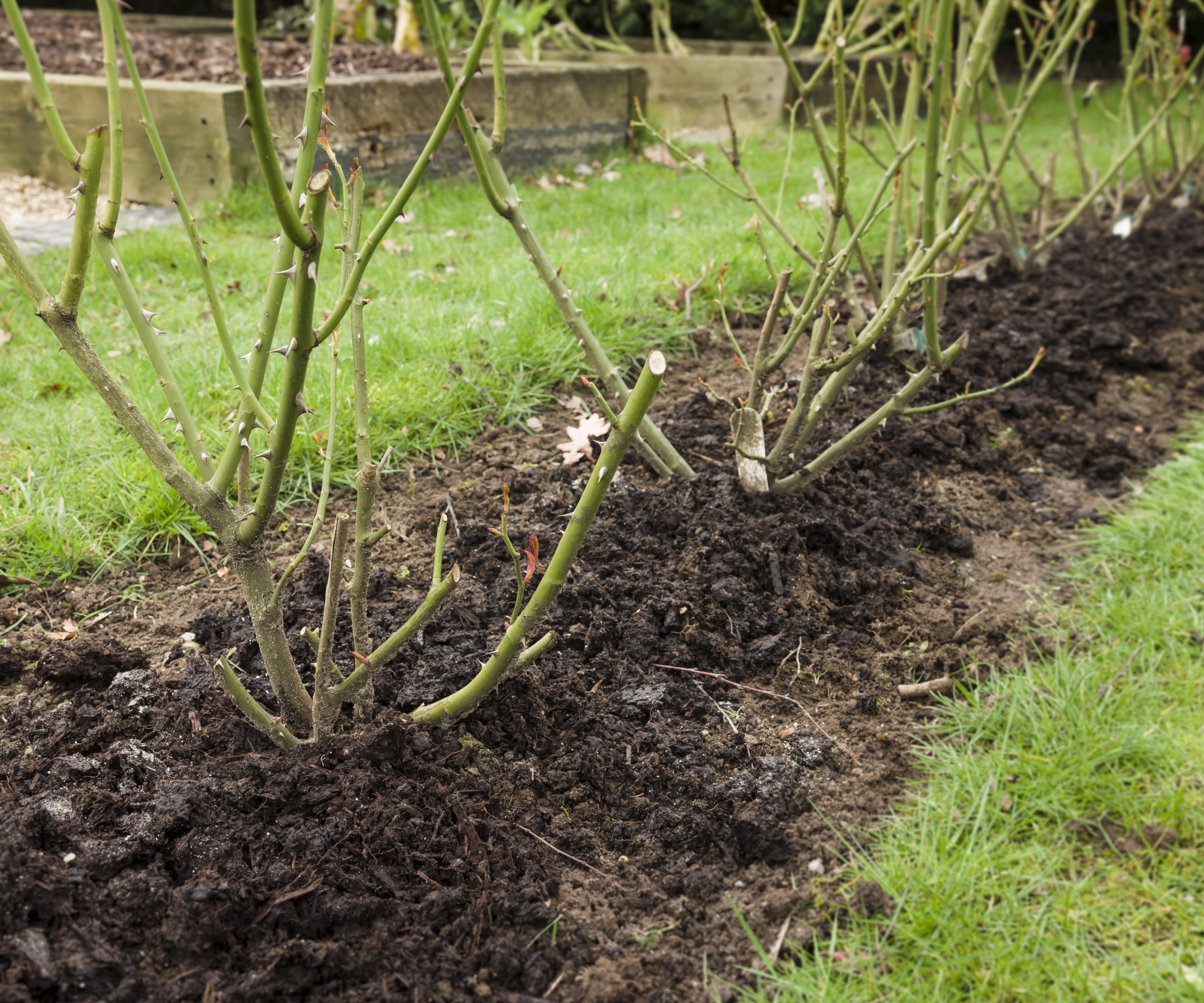
Roses start preparing for dormancy in September and the gardener can help this process by reducing feeding their roses and slowing down on deadheading roses as the month progresses.
The plants benefit from mulching in early fall to insulate the roots and retain moisture in the soil. Mulching in September is especially advisable if you have not mulched previously in the year, or if the layer spread in spring has disappeared by fall.
The recommended types of mulch for roses include compost, well-rotted manure, composted straw or bark, or leaf mold. Apply a layer 2-3 inches thick and spread as wide as the rose’s canopy, but away from the stems.
If you plant roses in early fall - an ideal time for container-grown roses, while bare-root roses are best planted when dormant - a layer of mulch should be an essential to protect the plants over winter and provide nutrients as the organic matter breaks down.
2. Peonies

Peonies have a short but impactful flowering period, impressing year after year thanks to their large blooms. With many colors to pick from and a choice of types and forms, there can be a peony for any backyard.
September is a great month to plant peonies into flower beds or borders. Bare root or potted herbaceous, intersectional, and tree peonies can all be added to your backyard ideas in fall when the ground is warm and moist. Any newly planted peonies, or young peonies planted earlier in the year, should be protected from cold winters by mulching in fall.
Mulching peonies also helps to prevent heaving. This is caused by repeated freezing and thawings and can result in the peony roots being exposed and pushed out of the soil. Any uncovered roots will not survive the winter colds and can weaken the peony. Mulching not only insulates the soil and protect roots but also prevents heaving becoming an issue.
When planning how to winterize your peonies, compost, fallen leaves, straw, pine needles, or bark mulch are all good options for mulching.
3. Newly-Planted Trees
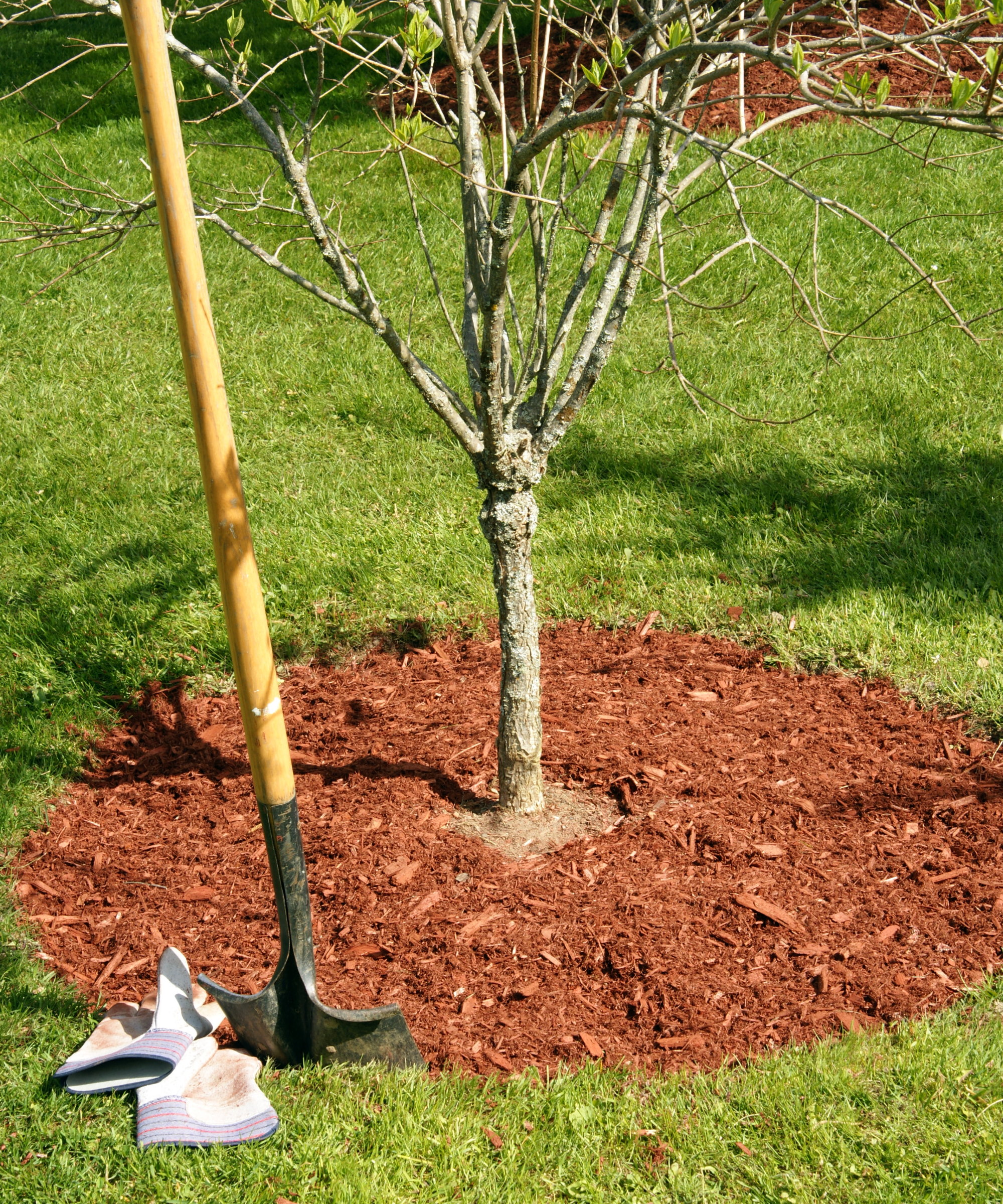
Fall is a great time to plant trees as the intense summer temperatures are behind you and the soil is warm and moist. It is ideal conditions for newly planted trees to develop a strong root system and get established in their new home. Planting in fall also benefits the gardener, as it should mean less arduous watering thanks to the seasonal rains.
A recommended part of how to plant a tree in fall is to mulch them to help the young trees to survive the winter. Add 2-4 inches of organic mulch, such as compost, shredded leaves, or shredded bark, in a circle at least two feet wide around the tree.
Keep the mulch from touching the trunk as it can cause damage to the tree. It can cause the bark to soften and peel and create an open spot for pests and diseases. Leaving a 4-inch gap between the trunk and mulch eliminates this potential mulching mistake and means the tree will benefit from moisture held in the soil and the roots are protected from winter frosts.
4. Clematis
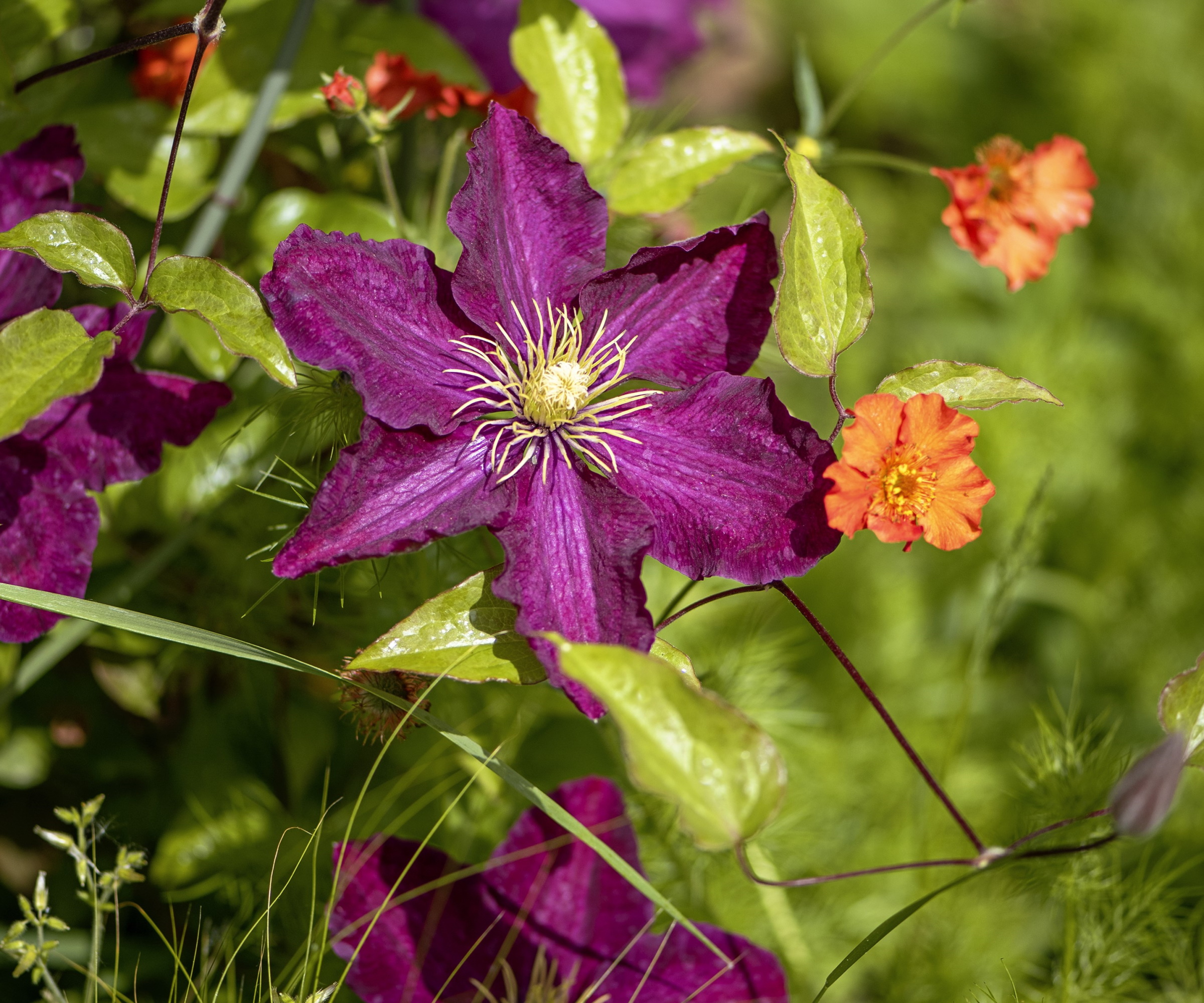
Clematis are perennial flowering climbers hardy in US hardiness zones 4-8. If you grow clematis in colder climates you can ensure any of your best clematis will survive winters by mulching to protect the roots from the low winter temperatures and frosts.
Mulching with compost, well-rotted manure, grass clippings, bark or straw can insulate the roots from dropping temperatures and conserve moisture in the ground. The mulch can be piled up around the clematis crown but needs to be kept away from the bases of the stems.
If you grow clematis in pots, one method of winterizing the container is to cover the top and sides of the pot in mulch. Fallen leaves or compost would be ideal materials to pack around the container to keep the plant’s roots well-protected. If you are short of mulch, you can get insulated protective wraps for around pots to protect the clematis for winter.
5. Hydrangea
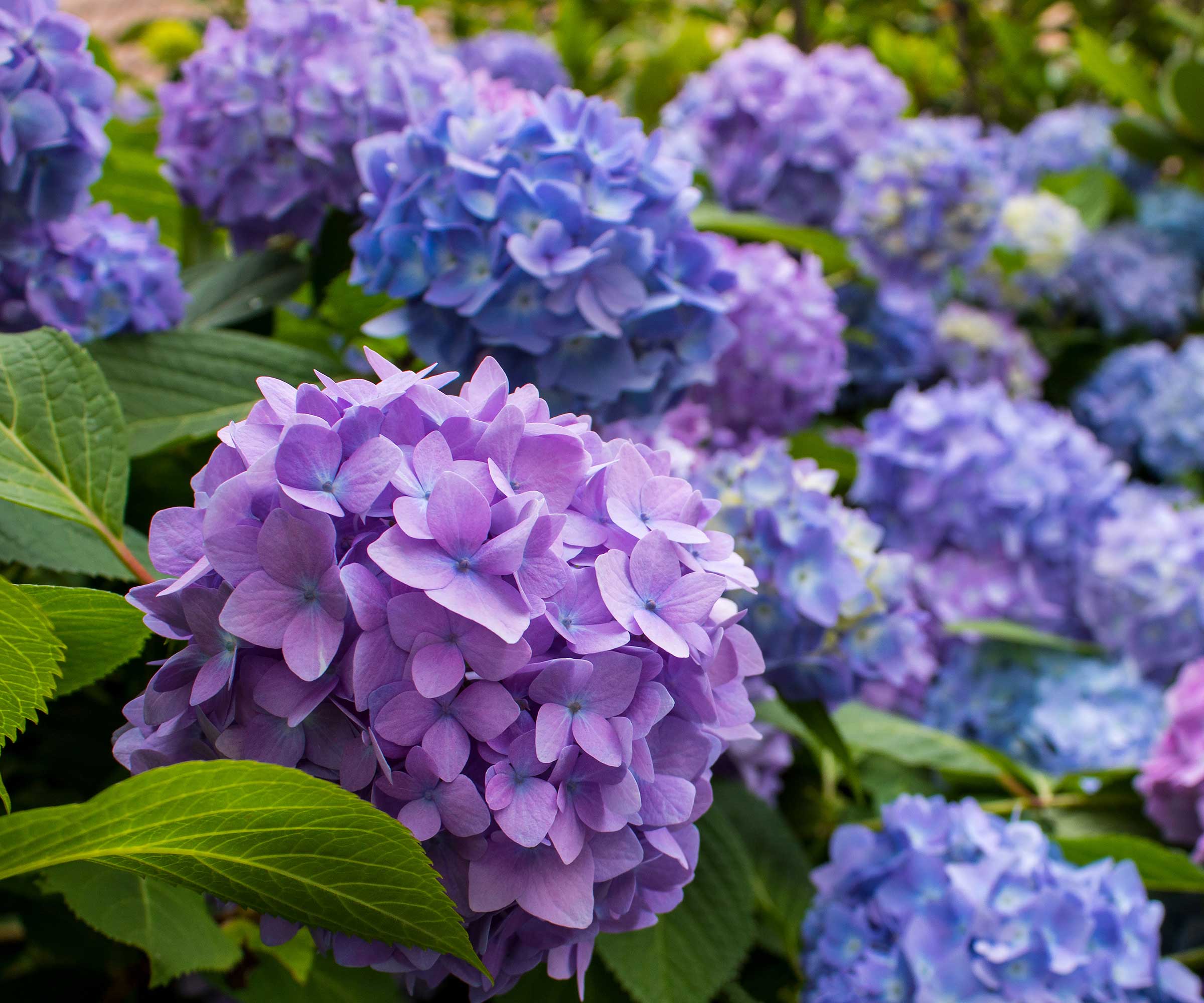
Growing hydrangeas is increasingly popular nowadays as growers adore the large, showy blooms that burst to the fore on the hardy shrubs throughout summer and fall. They are versatile and reliable shrubs that can put on a display without lots of maintenance - but there are definite merits to mulching hydrangeas in September.
Mulching is especially key to winterizing hydrangeas if you live in colder US hardiness zones - the shrubs are hardy in US hardiness zones 3-9, depending on the hydrangea variety. Hydrangeas can suffer from repeated freezing and thawing throughout the colder months, so a 2-3 inch layer of organic matter can protect both the crown and roots and ensure your hydrangeas blooms as they should the following year.
Any organic matter can be used as a mulch, however, hydrangeas prefer a slightly acidic soil, and using mulches such as pine needles or shredded bark can help to lower the soil pH - which can change the hydrangea color of some varieties.
6. Verbena
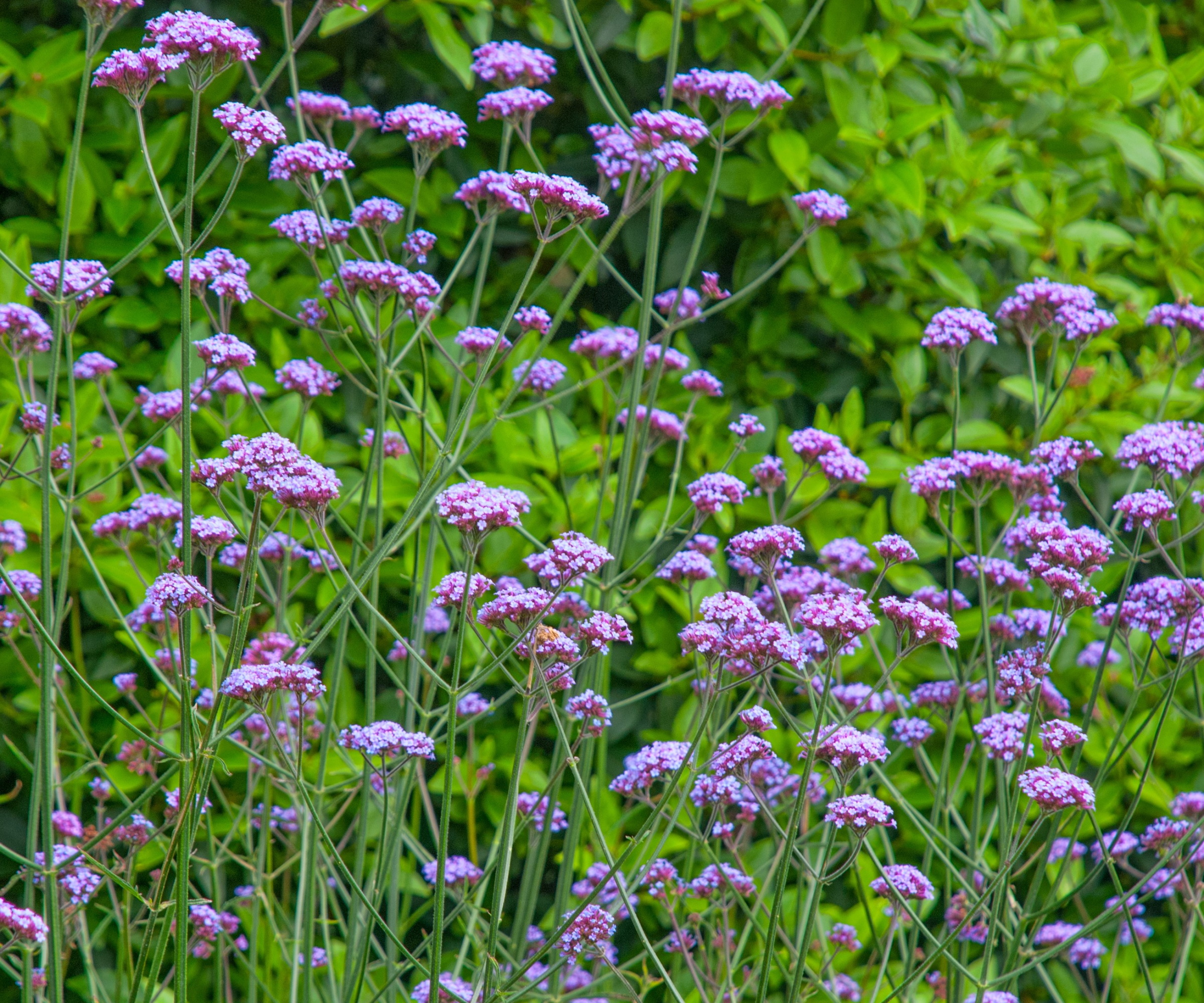
Verbena is a fantastic perennial plant, they produce tall stems topped with flowers that attract bees and other pollinators. These flowers are often purple, but you can get varieties with pink, white, or blue blooms. Many hardy verbenas are perennial and can grow successfully for years in US hardiness zone 4.
Hardy varieties can benefit from mulching to help them survive wet and cold winters and ensure they come back strongly in spring, however, half-hardy varieties of verbena will certainly benefit from mulching in fall to help them survive winters, especially in colder areas.
While mulching with compost or straw will help these tender varieties to overwinter, you can take verbena cuttings or grow verbena from seed to help keep these varieties in your collection as a precaution.
7. Delphinium

With their tall and dramatic flowering spikes, delphiniums are much-loved cottage garden plants that add drama to any space. It is simple to care for delphiniums to get a great display of blooms. Cutting back delphiniums in summer can give a second flush of flowers to extend the display before the delphiniums are cut back in fall.
Delphiniums are hardy perennials and can overwinter down to US hardiness zone 3, however, there are risks of losing plants if they sit very cold and wet over winter. Mulching in the fall is an easy way to protect the plant from cold and frost and prevent any damage from the cycle of freezing and thawing.
Shop mulching essentials

An ideal mulch for landscaping, made from pure pine. It is designed to enrich your soil and provide a decorative top layer to enhance your landscape's aesthetic appeal.
On top of mulching flower beds and borders this month, also consider fertilizing a vegetable garden in the fall through mulching. Adding compost or leaf mold to the soil surface in fall helps to keep the soil healthy and rebuild nutrient levels.
Sign up to the Homes & Gardens newsletter
Design expertise in your inbox – from inspiring decorating ideas and beautiful celebrity homes to practical gardening advice and shopping round-ups.

Drew’s passion for gardening started with growing vegetables and salad in raised beds in a small urban terrace garden. He has worked as a professional gardener in historic gardens and specialises in growing vegetables, fruit, herbs, and cut flowers as a kitchen gardener. That passion for growing extends to being an allotmenteer, garden blogger, and producing how-to gardening guides for websites. Drew was shortlisted for the New Talent of the Year award at the 2023 Garden Media Guild Awards.
-
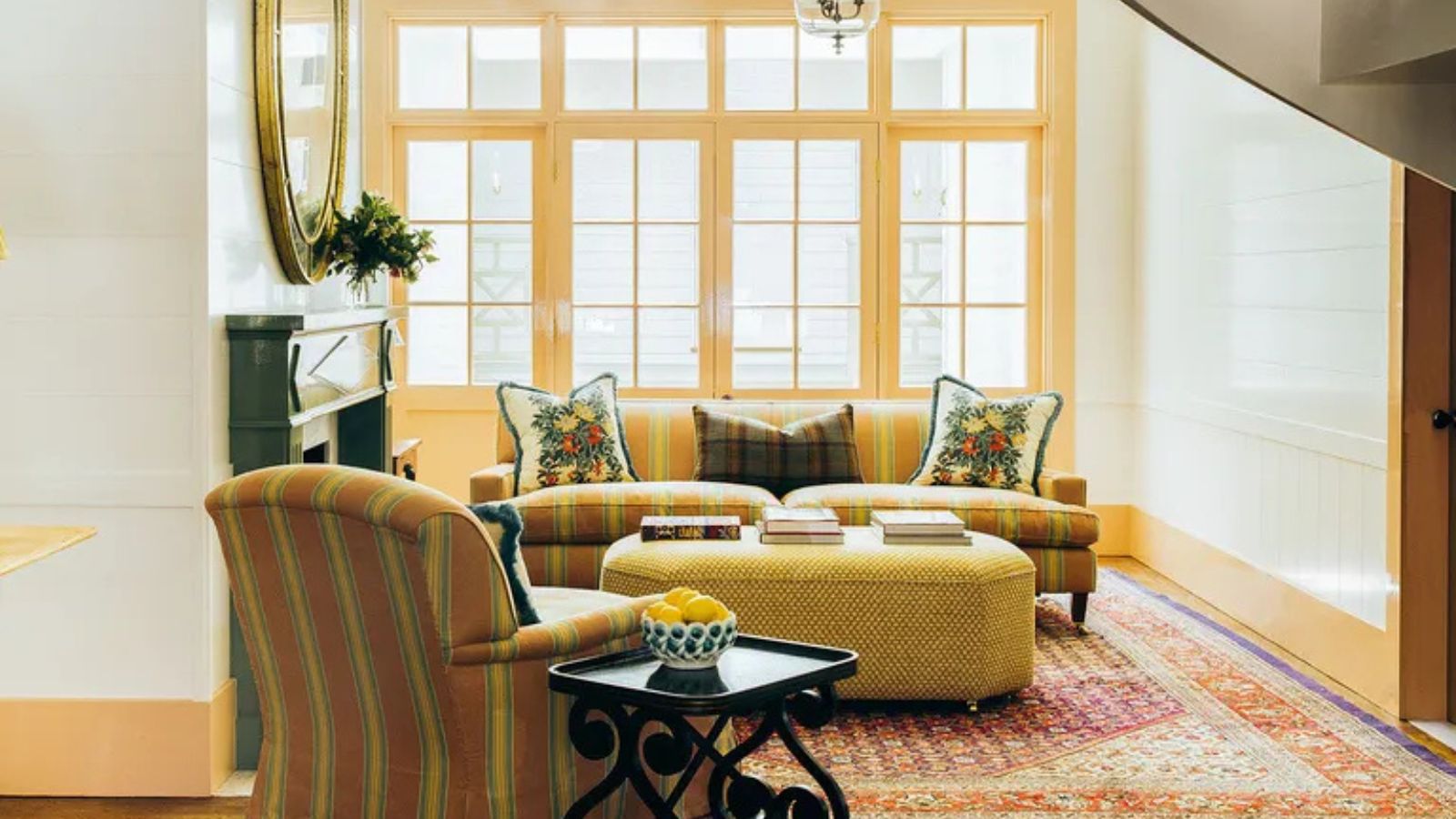 What the unexpected fashion trick the 'Sandwich Method' taught me about decorating with color in my home
What the unexpected fashion trick the 'Sandwich Method' taught me about decorating with color in my homeI took a cue from my wardrobe and matched my ceiling to my skirtings – here's why it's my new favorite color trick
By Charlotte Olby
-
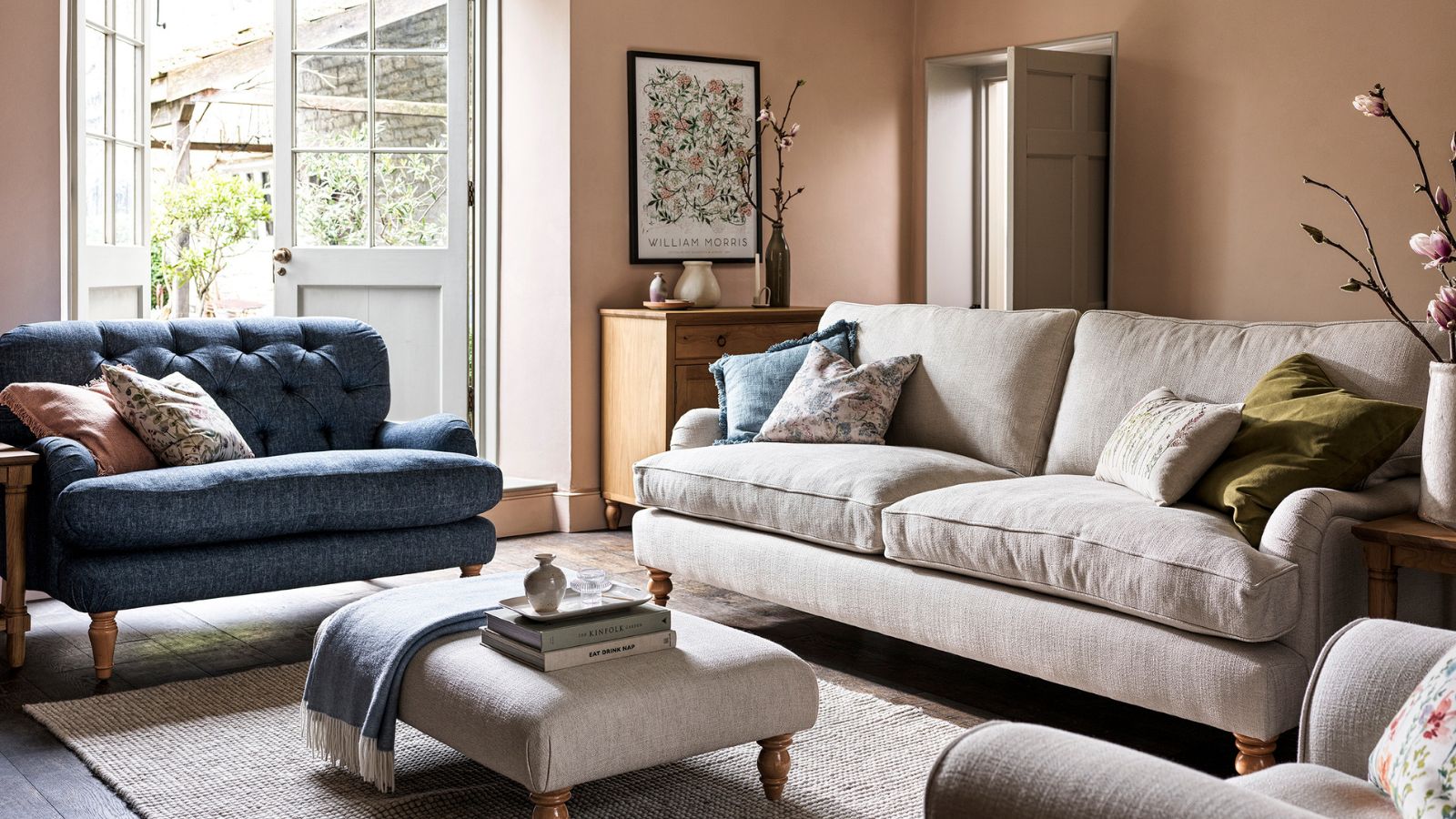 I used to be a lifeguard – this scanning method has stuck with me and instantly catches clutter before it becomes overwhelming
I used to be a lifeguard – this scanning method has stuck with me and instantly catches clutter before it becomes overwhelmingThis life-saving tip now saves me from feeling overwhelmed
By Chiana Dickson

